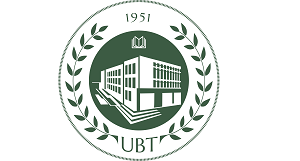MANDI MARKU1*, DRITAN AJDINAJ1, PANDELI MARKU1
1Department of Wood Industry, Faculty of Forest Sciences, Agricultural University of Tirana, Albania
*Corresponding author e-mail: mandimarku@yahoo.it
Abstract:
Planing is the first operation during mechanical processing of wooden work pieces. The quality of this operation is determined by finished surface which consists of a series of waves formed due to milling process. Step “l” and depth “y” of waves are two parameters that determine the quality of the surface. In our study, we have measured the depth of the wave corresponding to the magnitude of surface irregularities. Planing of samples was realized applying four different feeding speeds: U1=3 m/min, U2=7 m/min, U3=10 m/min and U4=23 m/min. It was noted a strong relationship between feed speed and the quality of planed surface. For feeding speed 3 m/min a high smooth class (Δδ9) of surface was obtained, while increasing feeding speed the smoothing class descended below. An optimal combination between surface quality and output of planning machine is achieved for feed speed 10 m/min. To increase the output without downgrading the surface quality, cutterhead with many knives need to be applied.
Keywords: planning; surface quality; wave; feeding speed.

